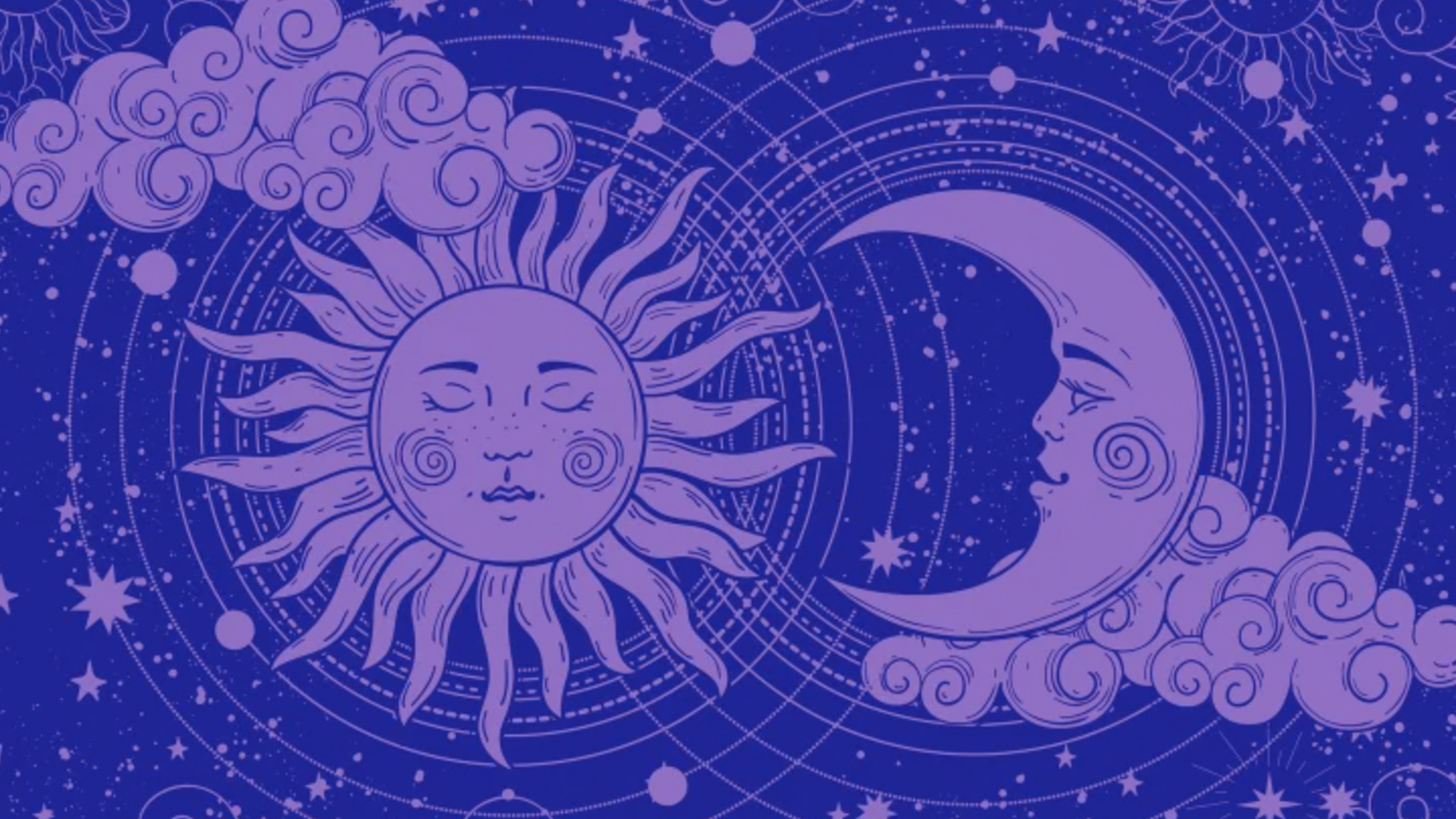Listeners:
Top listeners:
-
play_arrow
CRUSADE Channel Previews CRUSADE Preview-Call 844-527-8723 To Subscribe
How The Sun, Moon, And Stars Control The Christian Calendar

Podcast (mike-church-preview): Download (Duration: 1:06:57 — 125.5MB) | Embed
Subscribe: RSS | Access The Complete Episodes
SPECIAL GUEST
Brother Andre Marie
Host of the ReConquest Show aired only on The Crusade Channel.
Follow Brother on GAB and Twitter – @Brother_Andre
- Grant money and big donors –
- Church Triumphant
- Church Suffering
- Church Militant
- Christopher Derrick
HEADLINE: In Praise of Triumphalism by Brother Andre Marie
- So what’s wrong with triumphalism?
- I suspect that the enemy of triumphalism has a deeper problem, though. Triumphalism presumes there is something to be triumphal about. That would be the immense treasures of our Faith and its attendants: the good, the true, and the beautiful, wherever they are to be found; for these come from the Author of nature, who authored the supernatural order, too. Triumphalism also presumes that there exist evils over which we ought to triumph: the bad, the false, the ugly; sin, death, Satan; and their attendants — namely, whatever in the created order refuses to conform to God’s holy will. These ought to be hated, opposed, and combated, while God and all that stands on the side of God ought to be loved. There is no middle position, no compromise: Love of God implies hatred of evil and the will to triumph over it.
- Lunar Cycle –
HEADLINE: Sanctifying Time as the World Ends by Brother Andre Marie
- The Church’s traditional liturgy sanctifies our time — the day, the week, the month, the season, the year. What is quite literally mundane and temporal is thus transformed into something heavenly and spiritual, an anticipation of our partaking in God’s own eternity.
- At this time of the Catholic year when we look to the end of time, and also to its beginning again with the first Sunday of Advent next week, I would like to take a quick glance at how four natural divisions in the solar year coincide with four Christian feasts, how the Church dates Easter, how the beginning of the Church’s year is determined, and, lastly, how our superior Gregorian calendar came to replace its Julian predecessor.
- “Praise Ye Him, O Sun and Moon” (Ps. 148:3)
- The four seasons are traditionally sanctified by the four sets of Ember Days, but there are also four feasts on the sanctoral cycle that touch upon the astronomical events that define those seasons, to wit: the Annunciation, March 25, corresponding roughly with the Vernal Equinox; the Nativity of John the Baptist, June 24, corresponding roughly with the Summer Solstice; the Conception of Saint John the Baptist, September 23, corresponding roughly with the Fall Equinox; and Christmas, December 25, corresponding roughly with the Winter Solstice. There is some variation on the exact dating of these quarterly astronomical events, and there are useful tables online, like this one, which give the dates with astronomical precision.
- THERE ARE 4 FEASTS
- The 24th and last Sunday after Pentecost.
- Sanctoral Cycle – Saints Cycle actually begins today!
- Temporal Cycle –
- Vernal (Spring) Equinox: March 20 (Near the Annunciation, March 25)
- Summer Solstice: June 21 (Near the Nativity of Saint John the Baptist: June 24)
- Autumnal (Fall) Equinox: September 23 (The exact date of the Conception of Saint John the Baptist: September 23)
- Winter Solstice: December 21 (Near Christmas: December 25)
- 4 Feasts that fall on or very near to those 4 astrological events.
- First day of Creation –
- It comes down to hours and seconds!
- They had to calculate it, map it, chart it…
- There is an edifying First Council of Nicaea – defended the date when Easter is but they said Rome will tell the world WHEN Easter is but the Egyptians will tell Rome when the Equinox is.
- 25th of December
HEADLINE: In Defense of Christmas by Brother Andre Marie
- According to St. John Chrysostom, the foundation for the Nativity occurring on the 25th of December is a strong one. In a Christmas Sermon, he shows that the Western Chruches had, from the very commencement of Christianity, kept the Feast on that day. This fact bears great weight to the Doctor, who adds that the Romans, having full access to the census taken by Augustus Caesar (Luke 2, 1) — which was in the public archives of the city of Rome — were well versed in their history on this point. A second argument he adduces thusly: The priest Zachary offered incense in the month of Tisri, the seventh of the Hebrew calendar, corresponding with the end of our September or the beginning of our October. (This he most likely knew from details of the temple rites which were transmitted to him by a living tradition, supported by Holy Scripture.) At that same time, St. Luke tells us that Elizabeth conceived John the Baptist. Since, according to the Bible, Our Blessed Lady conceived in the sixth month of Elizabeth’s pregnancy (the end of March: when we celebrate the Feast of the Incarnation), then she gave birth nine months later: the end of December.
- As for the objection, “Jesus couldn’t have been born in the winter, since the shepherds were watching their flocks, which they couldn’t have done in winter”: This is really no objection. Palestine has a very mild climate, and December 25 is early enough in winter for the flocks and the shepherds to be out. The superior of our monastery, Brother Francis Maluf, grew up 30 miles from Beirut, which has the same climate as Bethlehem, both being near the Mediterranean coast, and he has personally testified to this fact.
- The exact number of Sunday’s can be as low as 23 or as high as 28.
- If there are only 23 then the 23rd is skipped that year.
- If there are more than 24 – You fill in the Masses from Epiphany that weren’t said that year to fill in the gap.
- So it is a little nip and tuck in the Liturgical year so to speak.
- It somewhat floats on these years.
- Just listen to Benjamin Netanyahu – at the end of WWII and the Japan statement.
- Japan was flourishing under the Emperor at that time.
- The Israelis aren’t procreating either, they contracept just like we do here in the West.
- The Palestinians do not.
- Immigration Policies –
- At the time the real Ancient Goths invaded North Africa, that was the death of North Africa.
- The attitude of the real Christians among them were lets Evangelize them.
- The Goths = Goths were Germanic people who played a major role in the fall of the Western Roman Empire and the emergence of medieval Europe. Also known as Visigoths and Ostrogoths.
ReConquest Tonight – Episode
Written by: jadechampagne
Similar posts
SEARCH
NOW PLAYING

The Mike Church Show’s CRUSADE Covid Chronicles – 2021
The Mike Church Show's 2020 Episodes
closeUpcoming shows

ParrotTalk With Mike Parrott – Rebroadcast
WEEKDAYS 9:00-10:00PM
3:00 pm - 4:00 pm
The Mid-Day Show – Rebroadcast
WEEKDAYS 9:00 - 10:00PM
4:00 pm - 5:00 pm
The Mike Church Show Afternoon ReBroadcast
5:00 - 8:00pm
5:00 pm - 8:00 pmSIGNUP FOR DAILY PROGRAMMING UPDATES
Copyright BlackHat Studios dba The CRUSADE Channel, All Rights Reserved


